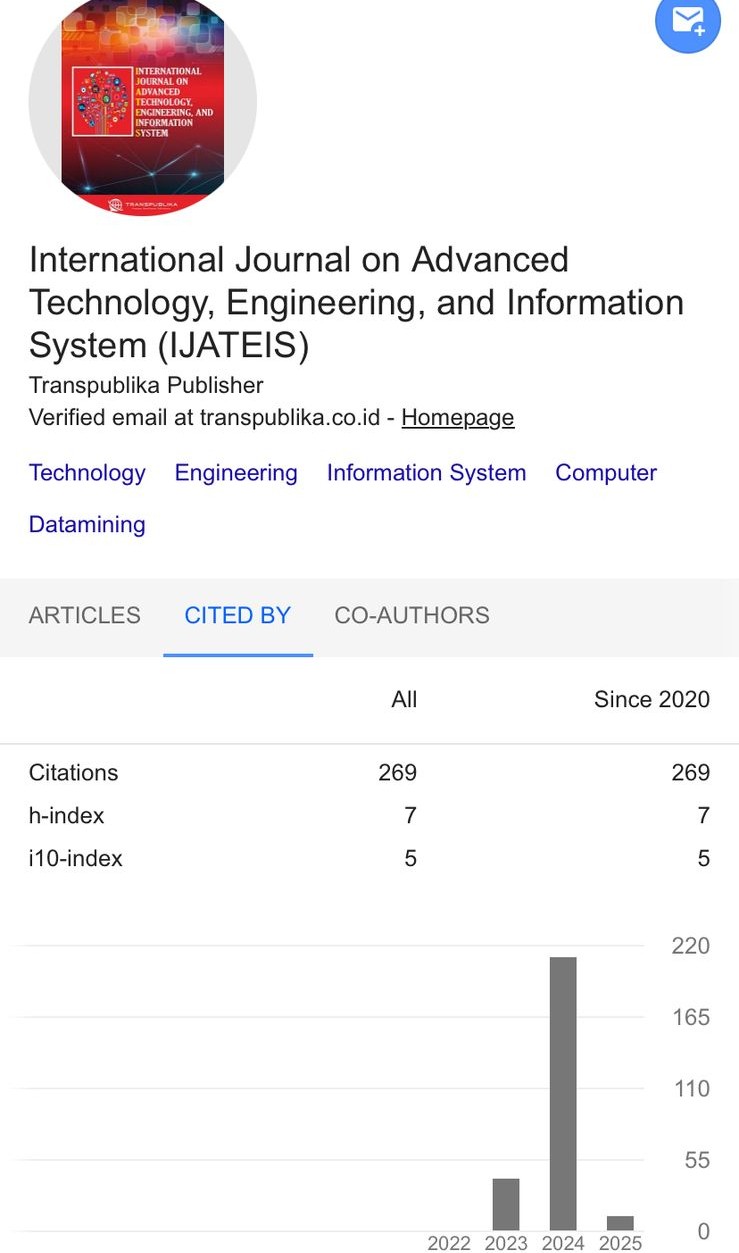ROAD NETWORK SIMULATION MODEL ANALYSIS OF PAHLAWAN ROAD AREA WITH TRAFFIC MANAGEMENT AND ENGINEERING EFFORTS
Main Article Content
Fikri Haikal Zein*
Haris Muhammadun
Risma Marleno
During peak hour conditions, the traffic orderly area (KTL) in the existing Pahlawan Road area has not provided maximum results regarding performance and traffic order. The solution to the transportation problems that occur is to assess the performance of related sections and intersections and analyze the selection of traffic handling schemes to produce the most effective and efficient handling output. The purpose of this study is to determine the most optimal traffic engineering management recommendations for Pahlawan Road, Sidoarjo Regency. In data processing, researchers analyzed survey data, including the analysis of the traffic trip destination-origin matrix, vehicle free speed, vehicle behavior, and intersection control. The authors calibrated and validated the simulation model using the Vissim application, which represents the real situation in the field. Analysis of the traffic performance of the existing condition of the Pahlawan Road area road network revealed an average delay of 96.5 seconds, an average vehicle speed of 23.7 km/h, a total vehicle travel time of 1,691.6 hours, and a total vehicle delay of 725.2 hours, indicating poor road network performance. To improve the performance of the road network on the Pahlawan road section, the authors developed six road network simulation scenarios to derive the most optimal traffic engineering management recommendations for Pahlawan Road, Sidoarjo Regency.
Amirullah, A. (2015). Pengantar Manajemen. Fungsi–Proses–Pengendalian. Jakarta: Mitra Wacana Media.
Anwar, A. C. (2022). Evaluasi Manajemen Rekayasa Lalu Lintas Dengan Aplikasi Contram Release 5.09 (Studi Kasus Cbd Kota Semarang: Jl. Imam Bonjol–Jl. Kapten Piere Tendean–Jl. Pemuda). Universitas Islam Sultan Agung (Indonesia).
Ardiansyah, W., Aprilia, N. A., Setyorini, I., Studi, P., Terapan, S., Darat, T., & Barat, J. (2023). Penataan lalu lintas di kawasan pasar senggol kabupaten lumajang. 1.
Bagas Mukti Aji Pamungkas, B., M Nur Hadi, M., Tonny Cm Korah, T., & Korah, C. M. (2022). Manajemen Dan Rekayasa Lalu Lintas Pada Kawasan Pasar Hanura Di Kabupaten Pesawaran. Manajemen Dan Rekayasa Lalu Lintas Pada Kawasan Pasar Hanura Di Kabupaten Pesawaran, 1(1), 1–9.
Hutahaean, Y. G., & Susilo, B. H. (2021). Evaluasi Simpang Bersinyal Taman Sari–Cikapayang Kota Bandung Dengan Analisis VisSim. Jurnal Teknik Sipil, 17(1), 70–87.
Maulana, A. (2020). Manajemen Rekayasa Lalu Lintas Saat Konstruksi Fly Over Simpang Kopo. Prosiding FTSP Series.
Mellyarti, M., & Zulkifli, Z. (2020). Rekayasa Lalu Lintas Pada Kawasan Simpang Jl. Lingkar Tengah –Jl. DR. Leimena Di Kota Makassar. Journal of Applied Civil and Environmental Engineering, 1(1), 9–22.
Prasetyo, H. E., Setiawan, A., Soeratmodjo, I. S., & Pamungkas, P. T. (2022). Proyeksi Panjang Antrian Pada Bundaran Kelapa Gading Dengan Menggunakan PTV VISSIM. Konstruksia, 14(1), 122–130.
Prihiyandhoko, H. (2023). Evaluasi Manajemen Rekayasa Lalu Lintas Sistem Satu Arah (Ssa) Dengan Program Vissim Pada Ruas Jalan Ahmad Yani Kota Tegal. Universitas Islam Sultan Agung Semarang.
Rakha, H., Hellinga, B., Van Aerde, M., & Perez, W. (1996). Systematic verification, validation and calibration of traffic simulation models. 75th Annual Meeting of the Transportation Research Board, Washington, DC.
Rusmandani, P., Fitriani, N., Rosyada, E., & Setiawan, R. (2021). Manajemen dan Rekayasa Lalu Lintas Turn Left Only Circulation pada Perlintasan Sebidang Tirus dengan Software VISSIM. Jurnal Penelitian Sekolah Tinggi Transportasi Darat, 12(1).
Setiawan, B. (2017). Manajemen Lalu Lintas Akibat Pembangunan Hotel Ibis Sidoarjo. Institut Teknologi Sepuluh Nopember.
Tamin, O. Z. (2000). Perencanaan dan pemodelan transportasi. Penerbit Itb.
Yatmar, H., Adisasmita, S. A., Ramli, M. I., & Pasra, M. (2021). Pengaplikasian Program VISSIM untuk Manajemen Dampak Lalu Lintas di Kabupaten Bone. Jurnal Tepat: Teknologi Terapan Untuk Pengabdian Masyarakat, 4(2), 283–289.












